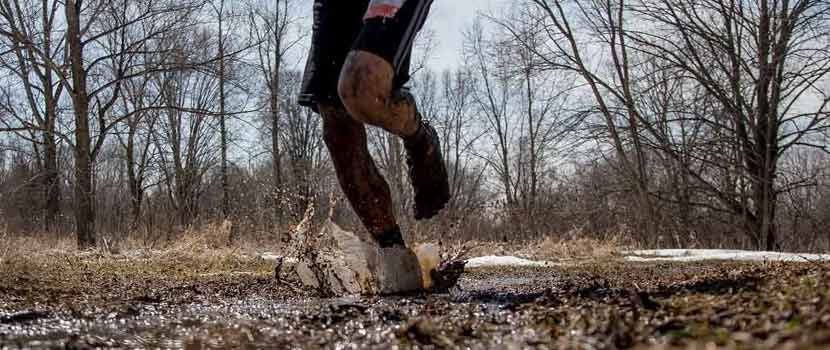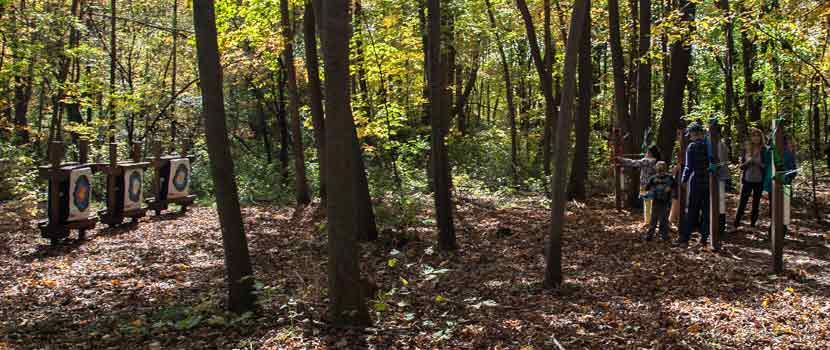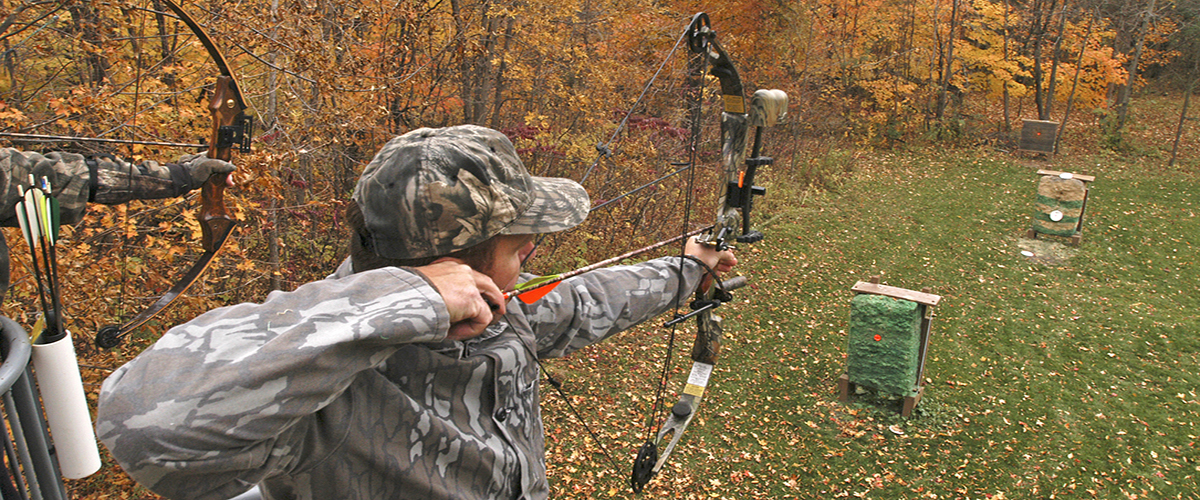
Movies like Brave, The Hunger Games, The Avengers, and The Chronicles of Narnia have helped increase interest in archery over recent years. In addition, the National Archery in the Schools Program (NASP) has been working to teach the next generation of archers. In Minnesota alone, physical education classes in 300+ schools — from Minneapolis to Warroad — teach a two-week unit on archery.
When taught correctly, archery is one of the safest sports to participate in. It is also a sport that almost anyone can excel at, and prospective archers have many bow choices for all sizes and abilities.
Types of Bows
There are four main types of bows:
Long Bow
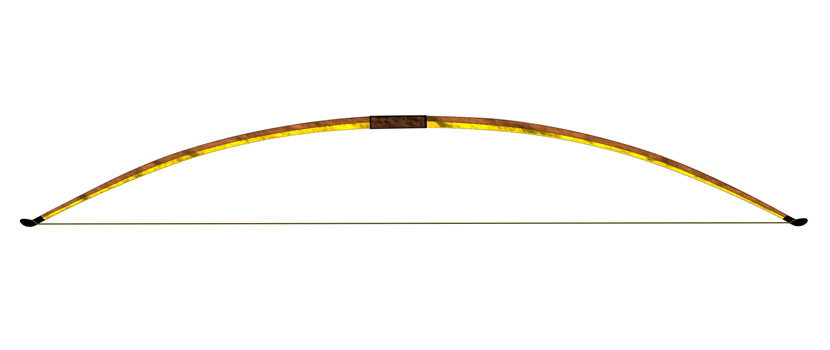
The long bow is your traditional/ancient bow. Basically, it is a straight stick that is bent by a single string tied at both ends. The flex of the stick gives it the power.
Compound Bow
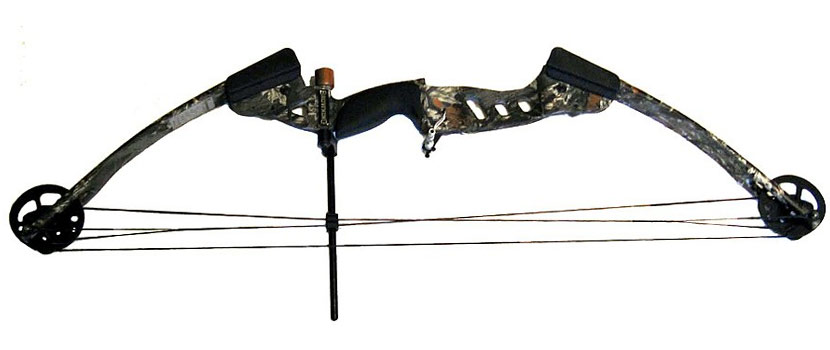
The compound bow is the modern bow; a pulley system gives it the power. On either end of the bow is a pulley system, or cam. The cam(s) allow a let-off point when an archer’s draw holds less weight. For example, when a compound bow is set at a 50-pound draw weight, the archer initially draws the peak weight of 50 pounds; once the let-off point is reached, the draw becomes easier at 32.5-37.5 pounds (or 65-75% of the original weight).
Recurve Bow

Best known for their use in target archery and the Olympics, recurve bows have curved tips at either end which increase speed and smoothness.
Crossbow
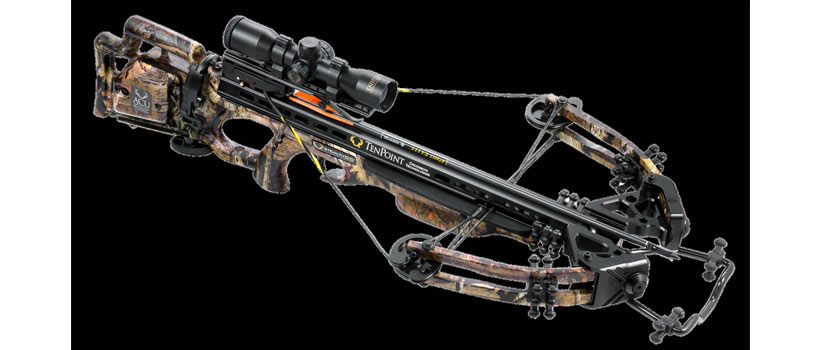
The crossbow is a combination of a firearm and a bow. To shoot, you pull a trigger (like a gun), but it shoots an arrow.
A One-size-fits-all Bow
Recent equipment advances have helped make archery accessible for more people.
Draw length is how far the nock point (where the arrow attaches to the bow string) needs to pull back from your grip on the bow. Until recently, bows had to fit the shooter. For example, I am 6-feet tall and needed a 29.5-inch draw length. So, I could only use a bow of this size and my bow was specific to me (and people my size).
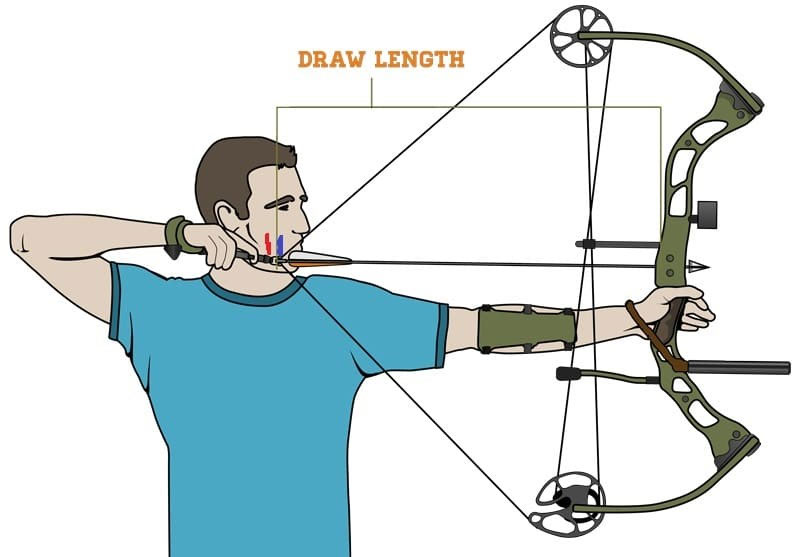
Over the recent decade, manufacturers have developed a one-size-fits-all compound bow. The first of these, the Genesis, was made by the Matthews Company. The Genesis has a universal draw length, which means it fits shooters of all sizes.
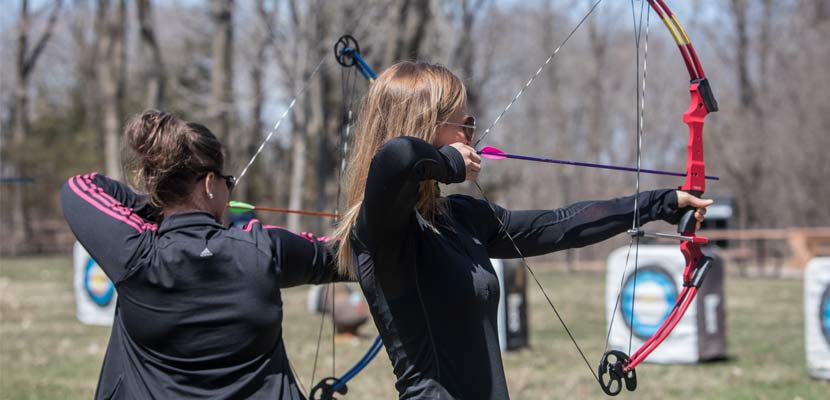
With the advancement of a universal draw length, shooters could share bows, allowing schools to have a set shared during archery lessons. Moreover, more advanced compound bows, like hunting bows, have been developed. Being able to easily adjust the draw length allows families to buy equipment for a growing shooter without worrying about them outgrowing the bow.
Try Archery in Three Rivers
One of the best ways to try archery is to take a program. All equipment is supplied and there is an instructor to teach you the basics. Three Rivers Park District offers archery programs at Baker Outdoor Learning Center, Carver Park Reserve, Cedar Lake Farm Regional Park, Cleary Lake Regional Park, Mississippi Gateway Regional Park, Elm Creek Park Reserve, and French Regional Park.
You can also bring your own bow and arrows for shooting fun at the archery ranges in Carver Park Reserve and Elm Creek Park Reserve. Both ranges offer stationary and walk-through ranges with targets at a variety of distances. Elevated platforms are also available in the stationary ranges. Passes are required for archers ages 16 and older (ages 15 and younger must be accompanied by a paying adult).
About the Author
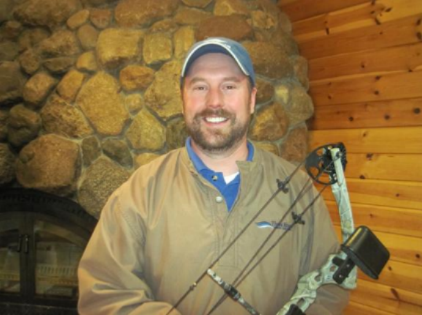
Ryan Barth is the Baker Outdoor Learning Center Supervisor. He graduated with a Bachelor of Science degree in education and biology from the University of Wisconsin-Stevens Point. After working at Wolf Ridge Environmental Learning Center, Gooseberry Falls State Park, with Dakota County Parks, and teaching high school biology for a few years, Ryan went on to earn his Master of Science degree in outdoor education. Along with USA Archery, Ryan is a contributing author to the recently published archery book, Explore Archery – An Instructor’s Guide To Beginner Archery Programs. Ryan is a NASP archery instructor, DNR Bow Hunter Educator and MN DNR Firearms Safety Instructor. Ryan has worked at the Outdoor Learning Center for the past thirteen years and is an avid outdoorsman. When not at work, Ryan loves to spend time with his wife and three kids.
Related Blog Posts
How to Disc Golf
By: Ann Schinas
Looking for a fun, inexpensive activity to get yourself and those close to you outside and moving? Try disc golf! Learn how to play the game, explore common types of putts and throwing techniques for distance and see where to play in the parks.
Running in Three Rivers
By: Alex McKinney
Running in a local park is a great way to get exercise, experience the seasons, reduce stress, and see wildlife. Get tips on how to get started.
My Experience at Elm Creek Archery Range
By: Grant Stenback
What makes archery so great? According to Elm Creek park guest Grant Stenback, it's a combination of many things. Read about his experience with archery as a lifetime sport and why Elm Creek Archery Range is his go-to spot.

